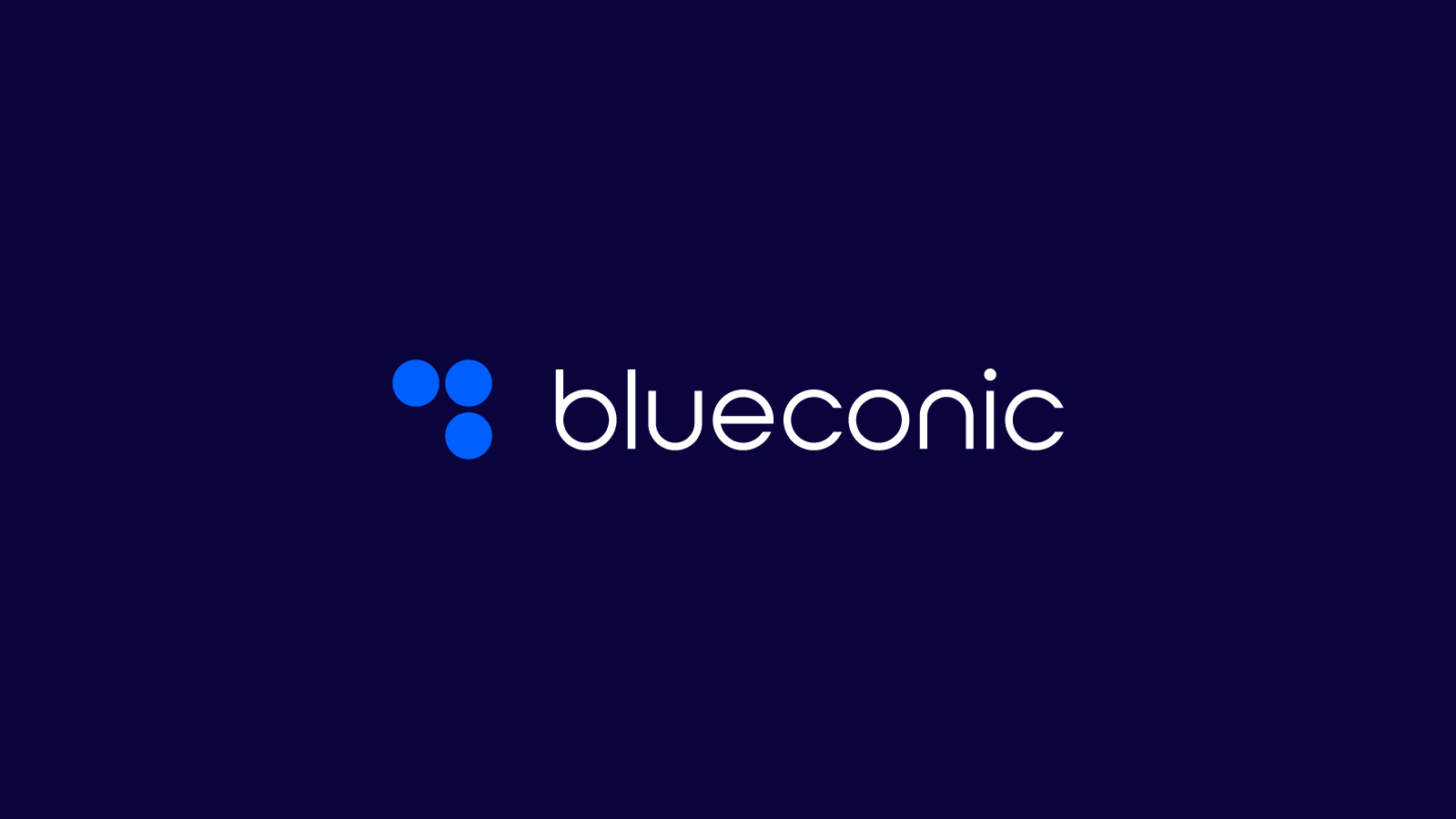Privacy, a term once relegated to the fine print of terms and conditions, has now become a central focus for regulators, tech companies, and governments alike. From Tim Cook's bold assertion inn 2015 that privacy is a fundamental human right to President Biden's recent executive order to protect American’s sensitive personal data, the data privacy landscape is undergoing a profound shift. But amidst the flurry of regulations and headlines, one concept stands out: the invisible experience.
But what exactly is an invisible experience, and why should we care? In this blog post, we'll delve into the evolving landscape of privacy, the rise of invisible experiences, and what it means for businesses and consumers alike.
The Privacy Revolution
The conversation around privacy has significantly evolved in recent years. Tech giants like Apple and Google are implementing measures to give users more control over their data, while regulators are enacting stringent laws like the GDPR in Europe and CCPA in the United States. The days of unchecked data collection and utilization are quickly coming to an end, replaced by a new era of consumer awareness and regulatory oversight.
Enter the Invisible Experience
At the forefront of this privacy revolution is the concept of invisible experiences. Coined by Forrester, the term invisible experiences refers to when companies are able to “anticipate and respond to customer needs, manifesting in proactively delivered, seamless, and unobtrusive interactions that provide information, assistance, and services.”
Imagine the seamless convenience of automatic doors at a store or the escalator that starts moving as soon as you step on it, applied to every facet of our online interactions. Invisible experiences prioritize convenience by anticipating and proactively responding to individual’s needs just like automatic doors and escalators do, without intruding on their privacy.
Building Blocks of Invisible Experiences
To achieve invisible experiences, businesses must navigate a complex landscape of data collection, consent, and trust-building. It begins with a robust data strategy, defining what data is needed, how it will be used, and obtaining explicit consent from customers.
Implementing invisible experiences also requires the right technology infrastructure. Data must be accessible, actionable, and interoperable across systems. Moreover, businesses must prioritize transparency and data security and deliver lasting value in order to build trust with consumers.
The Future of Digital Experiences
While the vision of invisible experiences may seem distant, businesses can take steps today to lay the groundwork for this future. A customer data platform (CDP) like BlueConic plays a pivotal role in this journey by unifying customer data from disparate sources into comprehensive profiles that account for everything from individual consent status, to frequency of data updates, to identity resolution. Equally important, it delivers that unified profile data back to marketing and other customer-facing teams for instant analysis, segmentation, and activation.
Revzilla: Riding the Wave of Invisible Experiences
Revzilla, an online motorcycle gear retailer and BlueConic customer, exemplifies how businesses can leverage a CDP to unlock the power of invisible experiences. To improve customer experiences and business outcomes, Revzilla needed to collect and maintain customer-specific insights, and have mechanisms to deliver the right message to the right person at the right time. BlueConic helped the retailer achieve this goal by importing data from multiple disparate systems and using identity resolution to create privacy-compliant, unified profiles.
With this rich profile data at their fingertips, Revzilla was able to transform the customer experience through:
Interest-Based Personalization: Revzilla utilized data captured through browsing behavior to categorize customers' interests, such as helmets or gear. This allowed them to tailor content and recommendations based on individual preferences, fostering deeper engagement.
Cross-Channel Engagement: Recognizing that the customer journey extends beyond website interactions, Revzilla employed cross-channel orchestration to deliver personalized content via newsletters, blog posts, and exclusive rewards. This holistic approach strengthened the brand-customer relationship and nurtured long-term loyalty.
Abandoned Cart Recovery: Leveraging insights from the unified customer profile, Revzilla implemented personalized abandon browse templates to entice customers to complete their purchases. By delivering timely and relevant offers, they successfully converted abandoned browsing sessions into revenue-generating orders.
Revzilla's adoption of invisible experience principles, powered by BlueConic, yielded impressive results. By delivering personalized offers and content, Revzilla boosted revenue by 35%. Through its abandoned cart recovery strategies, Revzilla increased orders by 34%, demonstrating the tangible impact of invisible experiences on the bottom line.
Unleash Your Competitive Advantage
The rise of invisible experiences represents a fundamental shift in how businesses interact with consumers in the digital age. As privacy concerns continue to mount and regulations tighten, embracing this vision of seamless, privacy-conscious interactions is not just a competitive advantage but a necessity. While the road ahead may be challenging, the benefits for both businesses and consumers are undeniable. So, as we navigate this evolving landscape of privacy and digital experiences, let's keep our sights set on the horizon of invisible experiences, where convenience meets privacy in perfect harmony.






